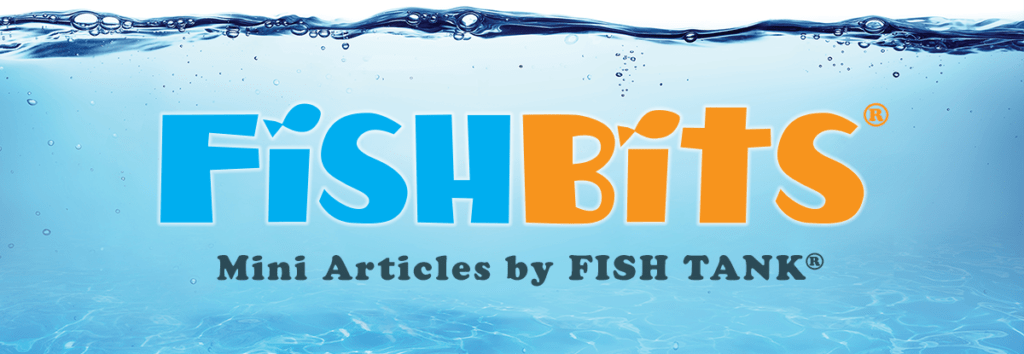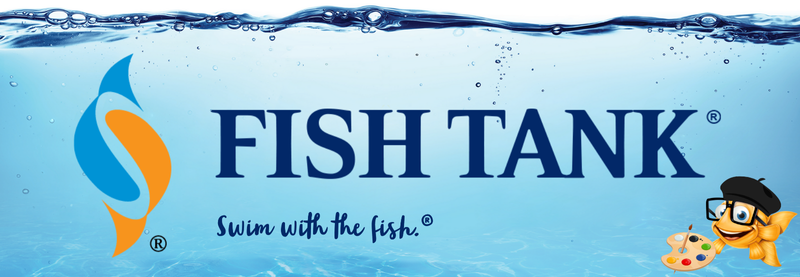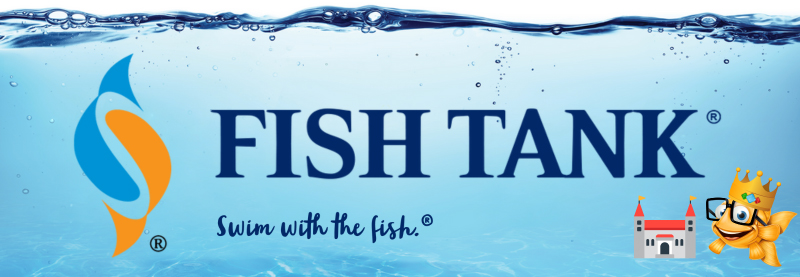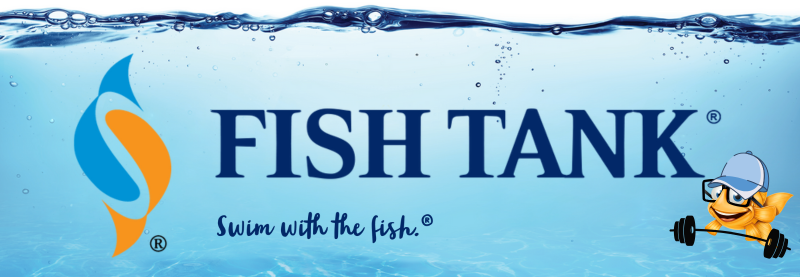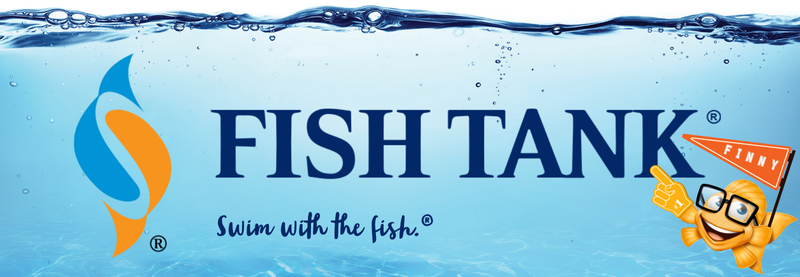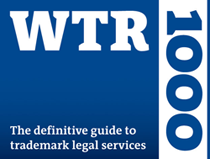Intellectual Property Insights from Fishman Stewart PLLC
Newsletter – Volume 24, Issue 10
Share on Social
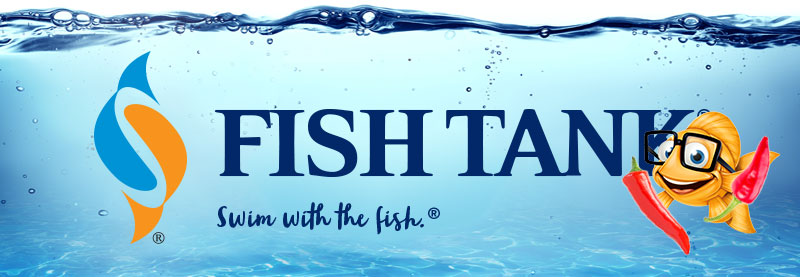
Chili Crunch Jelly Rolls: Delicious Bites of Trademark Wisdom
By Alexander JSW Johnson
Chili Crunch Jelly Rolls represent a delectable combination. With apologies to lovers of treats like the Taco Bell Doritos Locos Tacos and the Dairy Queen Oreo Blizzard, this combination is not the next addictive cross-branded gastrological masterpiece (yet). Rather, Chili Crunch Jelly Rolls, digested properly, combine to be a tasty recipe for brand strategy lessons.
While I must admit as I write this, I have become inspired to tinker in my kitchen to develop a Chili Crunch Jelly Roll at home (I’ll report the results!), for now, I’ll settle for examining these two recent pop-culture trademark stories for their munchable trademark tip takeaways.
The two matters serve as a reminder to both carefully search for similar trademarks by others and to consider the range of possible meanings a term might have before widespread use and starting enforcement actions around the chosen names.
Momofuku’s CHILI CRISP saga provides course one: understand how a mark is likely to be perceived before adopting it.
Momofuku, founded by celebrity chef David Chang, is well known for its crunchy, peppery, and umami-flavored condiment, CHILI CRUNCH. Momofuku acquired rights in the trademark after a dispute with Chile Colonial over the name and subsequently sought to enforce its rights in CHILI CRUNCH against purported infringers using the same term for competing products.
The backlash was loud and swift. In response, Momofuku announced it will not enforce CHILI CRUNCH as a trademark, allowing it to be used by others as a generic term for chili crisp/chili oil. As Chang stated in the announcement, the term “chili crunch” is a “tautology”—another term—for chili crisp or chili oil condiment products like Momofuku’s.
Despite the backlash, Momofuku got one part of its strategy definitively correct: for any trademark owner, the owner must enforce its trademark rights or risk losing them entirely. Momofuku CEO Marguerite Mariscal said it correctly, “When we acquired this mark, it then became our job to protect it.”
Momofuku’s rapid reverse course on enforcement is lesson one for trademark selection: understand how the mark is likely to be perceived before investing in protections and enforcement. Not only is “chili crunch” likely a generic term for “chili crisp,” but the Asian cuisine competitors viewed the enforcement actions by Momofuku as bullying and an attempt to take away a term of cultural significance—views likely to gain public support.
Country singer Jason “JELLY ROLL” DeFord serves up course two: conduct a meaningful search for similar names before use.
Jason Bradley DeFord, known on stage as “Jelly Roll,” rose to fame over the last few years as a rapper-turned-country star.
DeFord has a well-documented checkered legal past and now is back in legal crosshairs in a Pennsylvania federal lawsuit filed by a Philadelphia-based wedding band named JELLYROLL. The suit alleges trademark infringement of its federally registered trademark for its JELLYROLL name.
On its face, it is not hard to understand the wedding band’s case for “likelihood of confusion”: the case is JELLYROLL, registered and in use for live musical performances, versus JELLY ROLL, for a country singer that performs live shows. However, only time will tell how the case will pan out.
Whether the case ultimately results in DeFord changing his name or not, the costs of going through the proceeding could certainly have been avoided had DeFord and his team conducted a search of federally registered trademarks for similar names and, encountering JELLYROLL, decided on a name other than JELLY ROLL.
At a high level, the CHILI CRUNCH saga and JELLYROLL v. JELLY ROLL lawsuit serve two courses of trademark lessons that, like my imagined Chili Crunch Jelly Roll dish, are best merged into a cohesive plan and not separated: understand the perception of a proposed mark and search it.
Rest assured, if I do perfect that CHILI CRUNCH JELLY ROLL, that won’t be the trademark for that tongue-tantalizer (it’s descriptive).
Alexander JSW Johnson is an attorney at Fishman Stewart with more than 10 years of extensive experience in trademark and intellectual property matters. He works in the firm’s Trademark Practice Group. He holds a B.A. in Art (studio emphasis) and Journalism.
Related Content from Fishman Stewart
People have long pondered whether or not the Giza pyramids were indeed solely burial chambers, which was the only known, and archaeologically determined, use—until now.
As the story goes, Klein was so taken with the indescribable blue of the sky over the Mediterranean in Nice, France, that he dedicated his artistic talent developing a blue that would imbue the canvas with this color in its purest form.
Despite her pseudo-legal background in Suits, Meghan has been running into one issue after another in her efforts to register the trademark and logo for her new lifestyle company, for now, called “AS EVER”.
By 1930, efforts began in New York to replace Mother's Day with Parent's Day because men were more than just breadwinners. Those efforts didn't catch on, probably because in that era, women often spent more time in the home.
In February, Nike and Skims announced that they will be working together on a new brand, NikeSkims. The co-brand will create a new line of training apparel, footwear, and accessories specifically designed to meet the unique needs of women athletes.
Generally, federal courts have exclusive jurisdiction over copyright cases, and often, this presents an insurmountable paywall for individual artists and small businesses to vindicate their rights, especially where the value of the individual copyrighted works are relatively low.
Dedicated to raising public awareness about the importance of encouraging innovation and creativity throughout the world, the World Intellectual Property Organization (WIPO) annually observes World Intellectual Property Day on April 26 to showcase the role that patents, trademarks, industrial designs, copyrights and trade secrets play in our everyday lives.
Hold onto your foam fingers, sports fans – college sports just got a whole lot more interesting! The latest updates to Name, Image, and Likeness (NIL) rules are making student-athletes bigger than ever, and it’s not just about the game anymore.
Did a federal court in Louisiana recently decide that US copyrights are global rights? It seems so.
L.A.B. Golf aims to protect its innovations, and therefore its market position, owning three patents for its zero-torque design. The question now is whether L.A.B. Golf can withstand the wave of copycat designs.
IDENTIFYING, SECURING AND ADVANCING CREATIVITY®



